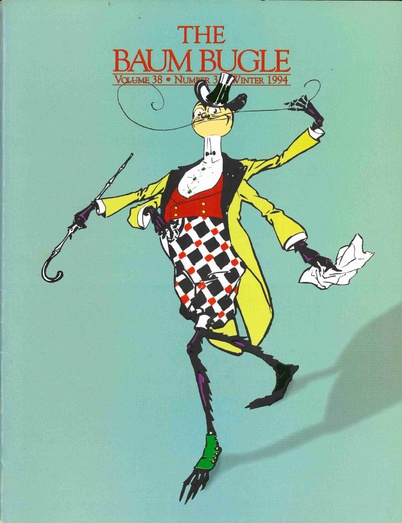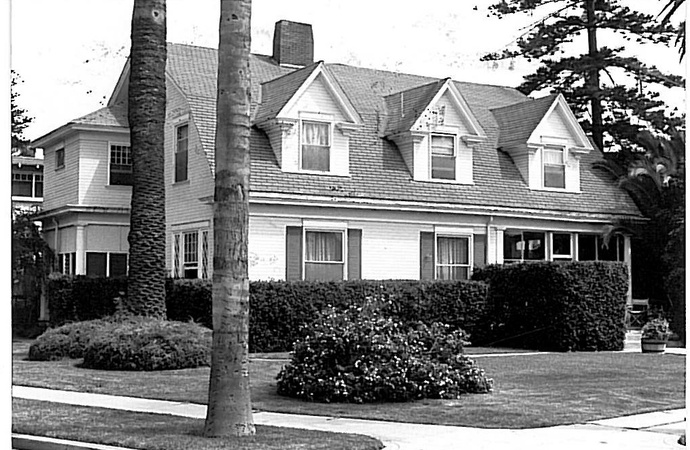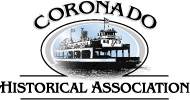The fantastical world of Oz has been an inspiration to readers across the globe since The Wonderful Wizard of Oz was first published in 1900. Coronado’s enchantment with Oz extends to the story’s creator, L. Frank Baum. It’s well known that Baum was a frequent Coronado visitor. Baum, a New York native who lived in Chicago, needed a respite from the bitter cold of the midwest and northeast. Coronado served as his winter escape from 1904 to 1910. For most of those visits, he and his family stayed at the Hotel del Coronado, but two of them were spent at the house now known as the “Wizard of Oz” house on Star Park Circle.
It’s no surprise that for a man who created realms of fantasy, stories, and myths about his life are abundant. Here in Coronado, there is a popular story about how he designed the iconic crown chandeliers in the Del’s Crown Room. While this story is unsubstantiated, it’s easy for one to make connections between Baum’s whimsical ideas and Coronado’s own enchanting qualities.
One of Baum’s lesser-known characters was supposedly inspired by an interaction with a child on Coronado’s beaches. H. M. Woggle-bug, T.E. is a magnified and educated insect that appeared in the Oz books starting in 1904. In an introduction to a reprint of the 1905 Woggle-Bug Book, Douglas G. Greene explained the origins:
“Coronado, California. A little girl showed him a fiddler crab and asked what it was. ‘A Woggle-Bug,’ Baum replied, using the first word that came to him. The name so delighted the child that Baum added the character to his book. In The Marvelous Land of Oz Baum explains that the Woggle-Bug had once been an ordinary insect, but he had hidden in a classroom and gained "excessive knowledge'' thus he earned the initials ‘T. E.’ or Thoroughly Educated. One day the teacher discovered the Woggle-Bug and magnified him on a magic-lantern screen. The Woggle-Bug made his escape as ‘H. M.’ — Highly Magnified. The insect is a pompous creature given to using long words and dreadful puns.”
One popular offshoot of Baum’s stories was a newspaper comic featuring the Woggle-bug. Readers were invited to participate in sponsored contests to solve riddles and create clever answers to the question “What did the Woggle-bug say?” It’s hard to imagine how a crab on the shores of Coronado transformed into a sophisticated bug at the center of comic contests, but Baum’s creative spirit made it happen.
Beyond the character of the Woggle-bug, Coronado also inspired the settings for other stories by Baum. Under the pen name Edith Van Dyne, Baum wrote Aunt Jane's Nieces and Uncle John in 1911, which centers around a family who travels from New York to California and stays at the Hotel del Coronado. It’s also speculated that Coronado is the setting of Baum’s little known poem, Nelebel's Fairyland. He describes a sunset where that main character views from Coronado, “At her feet lay the beautiful bay, its wave-tips sparkling like millions of diamonds. And, while Nelebel gazed, a sun of golden red sank toward the rugged head of Loma and touched it with a caressing good-night kiss.” 
This illustration on the cover of a 1997 edition of the Baum Bugle depicts the Woggle-Bug drawn by Ike Morgan. Bram Bugle.

